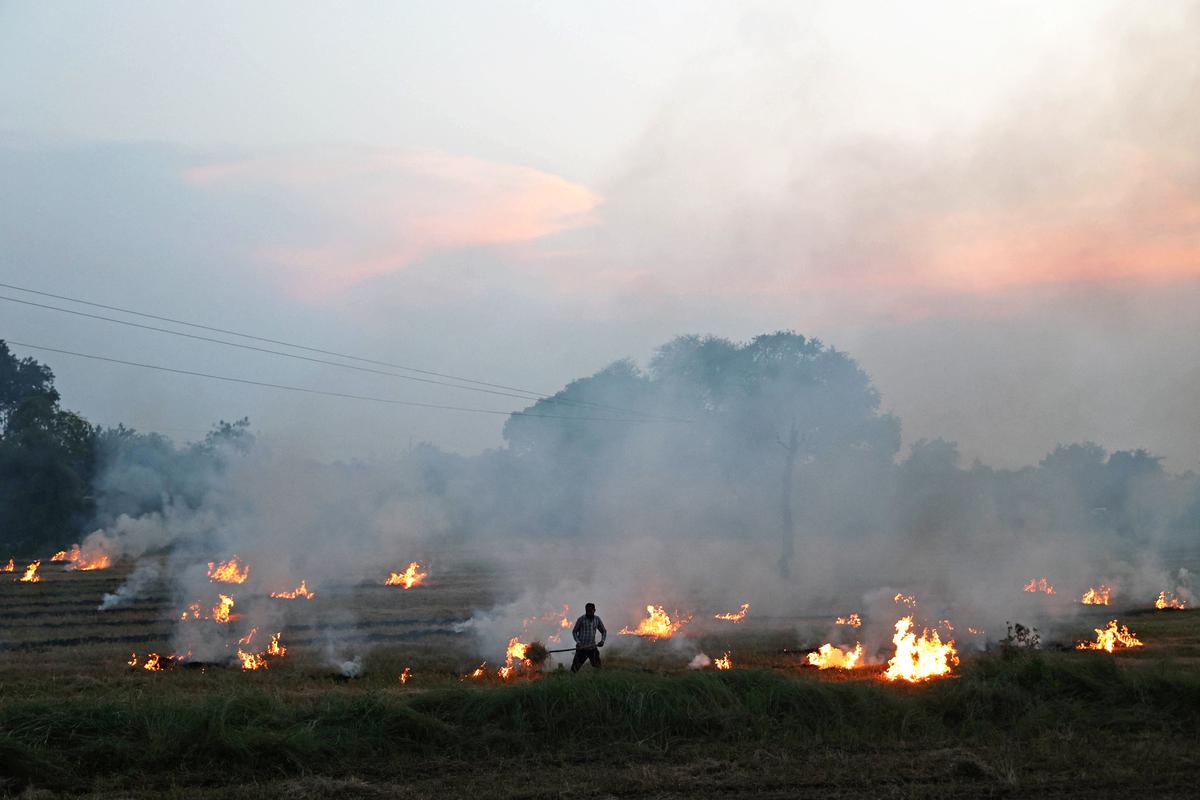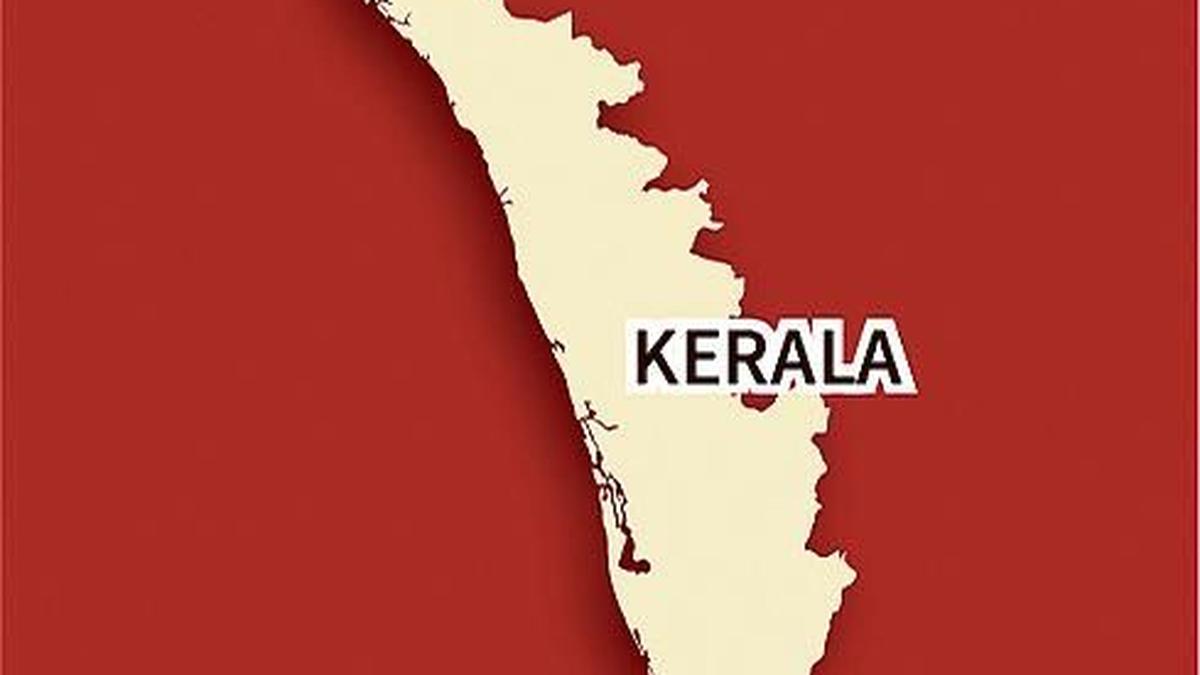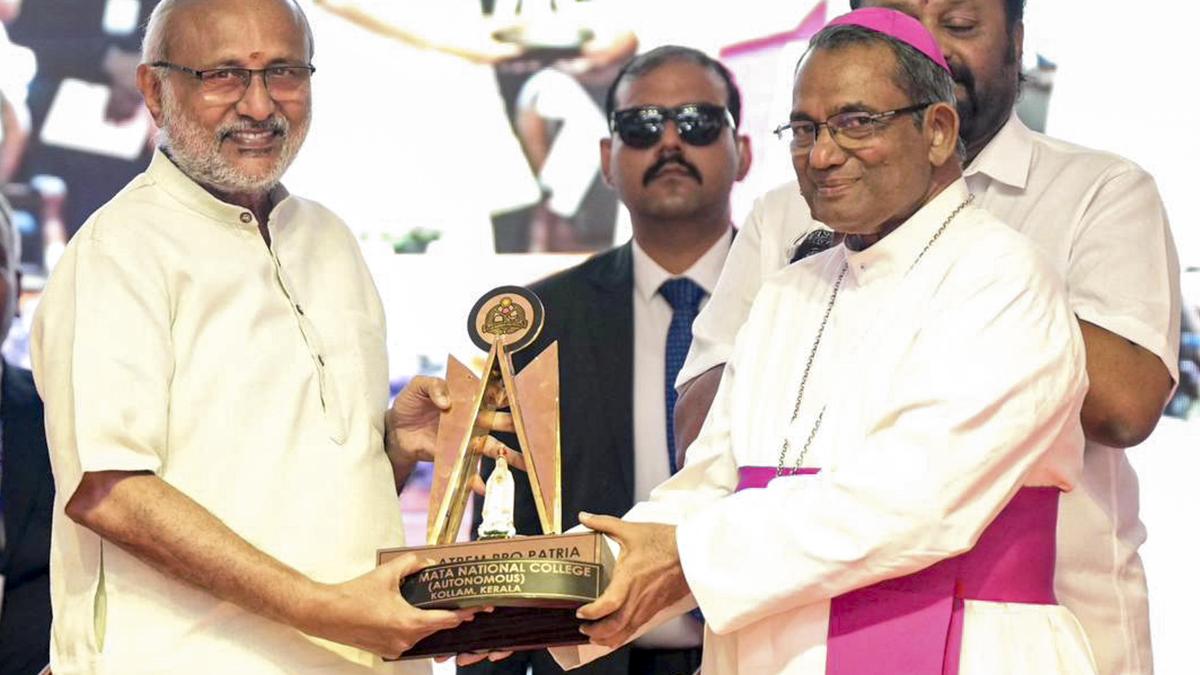Days after the Union Environment Ministry announced a scheme to incentivise entrepreneurs to manufacture pellets from paddy stubble, beneficiaries say that the scheme does not account for the actual costs of manufacturing and is unlikely to help with reducing pollution from stubble burning.
Pellets are manufactured out of agriculture biomass and are often produced from a variety of sources, including groundnut shells, coconut husk, mustard and coffee shells, sugarcane, sawdust and pine needles. The carbon that remains in the biomass when dried and compressed together can be made into a variety of shapes — such as larger, elephant-foot-sized briquettes or smaller cylindrical pellets. These shapes depend on demand from users: coal-fired power plants or industrial clients who run different kinds of boilers that can only accommodate specified shapes.
Properly made pellets provide much more heat, emit fewer than 50% of the particulate matter and only a fraction of the ash from burning an equivalent amount of coal, according to Gurugram-based Amitabh Malaviya, Founder-Director of Aravalli Green Energy Venture and in the business of pellet manufacturing. “Also they constitute a reliable source of income for farmers who can sell their agriculture byproducts — I won’t call it waste — instead of merely burning it and causing pollution.”
The Ministry of New and Renewable Energy estimates about 270 million tonnes of such agricultural waste is annually available in India that can produce 28,000 MW of power. By comparison, about 818 million tonnes of coal was consumed by thermal power plants for producing electricity in 2021-22, according to figures from Coal India Ltd. “About 800 kg of pellets can replace a tonne [1,000 kg] of coal,” said Mr. Malaviya.
However, establishing a plant with a single pellet-making machine that produces a tonne of pellet an hour would cost ₹1 -1.5 crore, he estimates.
The Environment Ministry, however, estimates this to be only ₹35 lakh excluding the cost of land. Under the scheme, the Centre will fund such plants to a maximum of ₹70 lakh subject to capacity. Mr. Malaviya said there appeared to be no discussions with actual manufacturers by the government before the scheme was introduced.
A senior official in the Central Pollution Control Board (CPCB), which manages the scheme, told The Hindu that the intent of the scheme was not to entirely subsidise every plant but assist an aspirant entrepreneur. This person said could not immediately recall the process by which government arrived at the estimated cost of a plant. “This is a start. There may be changes in technology and widely different estimates on the cost of a pellet plant in the future and the intention is to incentivise – not fully fund an entrepreneur. Any serious entrepreneur will surely welcome the opportunity,” he told The Hindu but declined to be identified.
The entire outlay of the government project, described as a “one -time” scheme was ₹50 crore of which ₹40 crore was for pellet plants and ₹10 crore for torrefaction plants. These too produce pellets but following treatment in a reactor that needs to be heated to 250C in the absence of oxygen. This vastly increases the energy density of a plant. Torrefied pellets have nearly twice the calorific value (energy emitted) of coal. Similarly, the cost of establishing a torrefaction plant, the Centre estimates, is ₹70 lakh and under the scheme, is eligible for a maximum funding of ₹1.4 crore.
Mr. Malaviya, who has come up with a process to develop torrefied pellets from a variety of agricultural biomass and tested it at The Energy Resources Institute, Delhi, said he has knocked at various doors for assistance to make a reactor but been rebuffed.
Meerut-based Ajay Mittal, who also runs a pellet manufacturing plant, said that narrowing the scheme down only for those who convert paddy stubble to pellets was restrictive. Sugarcane biomass from western Uttar Pradesh and mustard residue from Rajasthan too could be useful but neither of them was eligible for the government grant, which is only for rice paddy plants. “To solve the problem of air pollution it is not enough to reduce it to rice paddy. The benefit of the scheme must come to all,” he told The Hindu.
Every year, about 27 million tonnes of paddy straw is generated in Punjab and Haryana of which about nine million tonnes are burnt, exacerbating the air pollution crisis in Delhi.
There were 2,721 instances of stubble burning in Punjab till October 20 this year. This is fewer than the 3,730 reported same time last year but only about 30% of the 9,399 incidents reported in 2020, according to data from the Consortium for Research on Agroecosystem Monitoring and Modelling from Space Laboratory, Indian Agricultural Research Institute.






